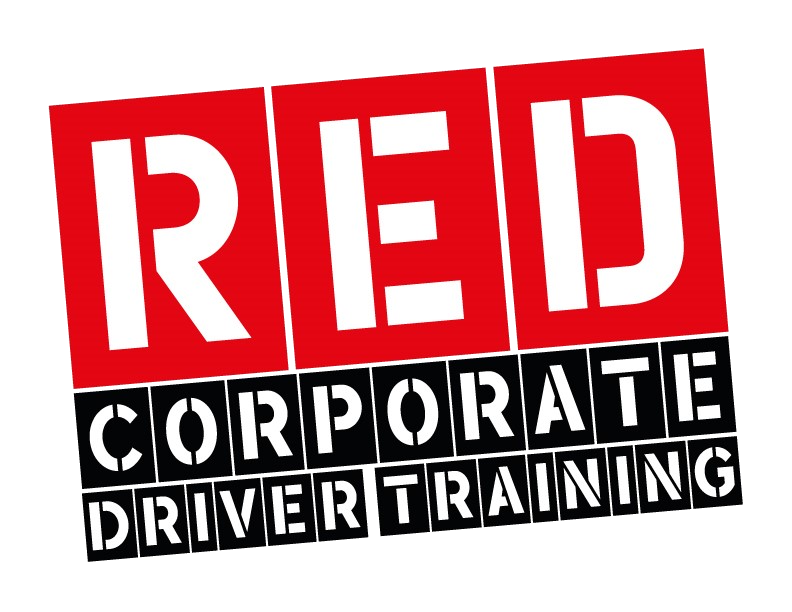October is Tyre Safety Month – here’s some tips to look after your tyres!
As we settle into Tyre Safety Month, it’s a brilliant time to recap on best practice to ensure that tyres are looked after. The largest tyre manufacturer in the world, Michelin, has provided an easy to follow guide.
Earlier this year, alongside our partners at Kwik Fit and Michelin, RED Driving School took part in some research to understand which areas – outside of the learning to drive process – learners and new drivers would benefit from some added advice, finding that tyre maintenance was a key area to work on.
The survey specifically found that over two thirds of respondents had never checked their tyre pressure, a simple way to identify any potential issues. This, coupled with the knowledge that 57% of tyres being driven on Britain’s roads are underinflated, paints a picture of a potentially costly and dangerous outcome for drivers if tyres are left untreated.
In a time of hyper-focus on finances, it’s worth mentioning that underinflated tyres increase fuel usage and it is estimated that the UK’s motorists could be wasting between £600m – £1 billion in unnecessary fuel bills due to underinflated tyres.
Richard Bezzant, Marketing Director UK & ROI, Michelin Tyre PLC comments, “As tyres naturally lose some air through the rubber, it is important to check your tyre pressure regularly. Without this, you risk losing grip and increasing your braking distances. You can also damage your tyres, shorten their life and increase your fuel consumption. Simple practices can really make the difference.”
1. What’s the recommended tyre pressure?
Tyre pressure is always optimally defined by the manufacturer for the vehicle / tyre combination with a clear objective: your safety. This is why it is imperative to consult the pressure recommended by your manufacturer for your vehicle. It is generally indicated:
- on a sticker in your driver’s side door,
- in the fuel filler flap,
- or in the vehicle manual.
The recommended pressure for your front and rear tyres may not be the same. You will also see that two types of pressure are indicated:
- Normalised pressure: this is the standard pressure
- Loaded pressure (often symbolised by passengers and luggage): to be adopted when the vehicle is particularly loaded, for example when going on holiday
The pressure is indicated in the pressure units of either BAR or in PSI (1 bar = 14.50 psi).
2. How do you check your tyre pressure?
The easiest way to do this is to check and adjust your tyre pressure at home. All you need is a portable compressor, which you can buy in Automotive tooling and accessory stores. If you don’t have one, most petrol or service stations have a tyre inflator.
After identifying the tyre pressure recommended by the manufacturer*, insert the compressor nozzle onto the valve. Check whether the tyre pressure indicated corresponds to the recommendation. If not, press the button to inflate until the correct pressure is reached.
3. When should you check tyre pressure?
Always check your tyre pressure when the tyres have not been driven or have been driven very little and as a minimum on a monthly basis. This is because when you drive, the tyres heat up, which causes their pressure to rise. If you check your tyre pressure after driving for a long time, you will feel that your tyres are over-inflated and you may be tempted (wrongly) to remove air in order to adjust.
It is recommended that you check your tyre pressure when the vehicle has been driven less than 2 miles. This will give you a true picture of your tyre pressure. If necessary, you can adjust by adding air if the pressure is low.
4. What should I be doing with the spare wheel?
The spare tyre is often overlooked in the tyre pressure checking process. However, if your vehicle is equipped with one, you should be able to rely on it if one of your tyres goes flat or is damaged. The spare tyre also needs to be checked regularly, even if it is not used daily.
5. How do I know I have a tyre puncture?
TPMS
The TPMS (Tyre Pressure Monitoring System) allows you to detect when your tyres are too low in pressure. It has been compulsory in Europe since 1 November 2014 (in the USA since 2007), which means that your vehicle is equipped with it if it was manufactured after this date.
The advantage of this system is that it provides an automatic warning of your tyre pressure. You might then think that you don’t have to go to the service station every month because the TPMS is there to tell you when it’s time to reinflate your tyres, but that’s not what we recommend.
The TPMS has one drawback: it only activates when your tyres have lost 20% of their air, which is about 0.4 bar on average and at this pressure level, the tyre is already under-inflated and it is known that an under-inflated tyre leads to premature wear. If your tyre wears out prematurely, it will have to be replaced earlier than expected, meaning extra costs.
6. And what do I do about a punctured tyre?
- Call Recovery if you are unable to continue your journey safely. Damaged tyres should only be removed from the rim by a trained tyre technician who can fully assess the tyre both externally and internally and determine if the tyre is repairable.
- Small punctures in the tread may be temporarily repaired with a tyre sealant. Always follow the sealant guidelines. NB Do not use tyre sealants if the puncture is too large or if the tyre sidewall itself is damaged.
Seb Goldin, CEO of RED Driving School comments, “The cost of replacing tyres prematurely far outweighs the effort it takes to check on their wear and tear. We urge all learner and new drivers to get into the habit of regularly checking their tyre pressure once a month, taking into account Michelin’s handy advice.”






